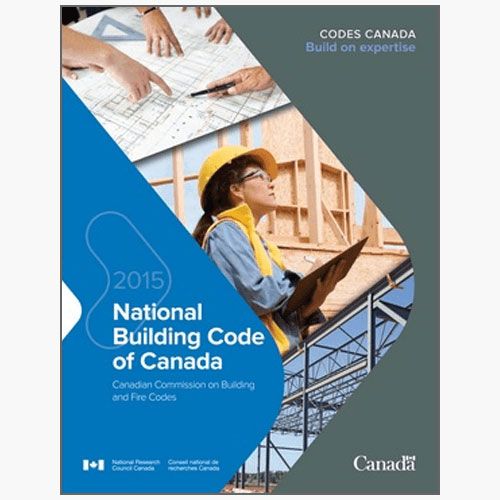

Once adopted, these codes become minimum requirements, and are enforceable by law, with established consequences for non-compliance. In some cases, the model codes are amended and/or supplemented to suit regional needs before they are adopted into law as part of the official building, energy or fire code of that jurisdiction. These include building code (covering many aspects of building design and construction), energy code (aimed at regulating energy conservation with a strong focus on the building envelope) and fire code (addressing life safety for protection against fire, hazardous materials, or other risks such as the threat of carbon monoxide even after the building is occupied). Adopted codes, often referred to simply as “codes”, are those that are developed by a jurisdiction themselves (either based on a combination of model codes or by other means permitted in local laws) that set out a minimum standard that must be adhered to.ĭifferent aspects of building performance can be addressed by multiple types of codes. Model codes are not law, but they can become law when adopted by local, state, provincial, or national governments. what to do) pertaining to the construction and occupancy of buildings and structures. Model codes are a set of rules, suggested practices or recommendations for others to follow (i.e.

There are two types of codes – model and adopted. PART 1: WHAT ARE BUILDING CODES AND STANDARDS What is a building code? While model codes can be adopted in whole or revised on the local level, codes and standards endeavor to form a mostly uniform regulatory framework across a region or nation. To address this, a more universal and standardized system developed, from which model codes emerged. This hampered their ability to conduct business effectively across larger geographic regions. The vast array of variations in codes and standards across many municipalities made it difficult for architects, specifiers, and designers, as well as manufacturers and contractors to offer solutions to address diverse needs. Sometimes similarities existed between the municipalities, although often codes and standards from one municipality to the other could be unique or even contradictory. Prior to the creation of Model National Building Codes, the criteria and performance standards were left to each municipality to develop, which resulted in a multitude of different guidelines and regulations. A brief history of building codes and standards While building codes have several objectives, their primary goal is to protect public health, safety, and wellbeing as it relates to the construction and occupancy of buildings. This long-standing expectation is founded on the existence of building codes and standards-a comprehensive set of interconnected regulations that are designed to govern new construction, renovations/remodels, repairs and demolitions. People are right to expect that their homes, workplaces, schools, hospitals and other structures are safe. We take it for granted that the design and construction are sound and will hold up to the rigors of nature and time. When we enter a building, we generally do it without concern or hesitation for our personal safety or wellbeing. Throughout North America, we take comfort in knowing that our homes and building stock are considered safe and resilient. What is the purpose of building codes and standards?


 0 kommentar(er)
0 kommentar(er)
